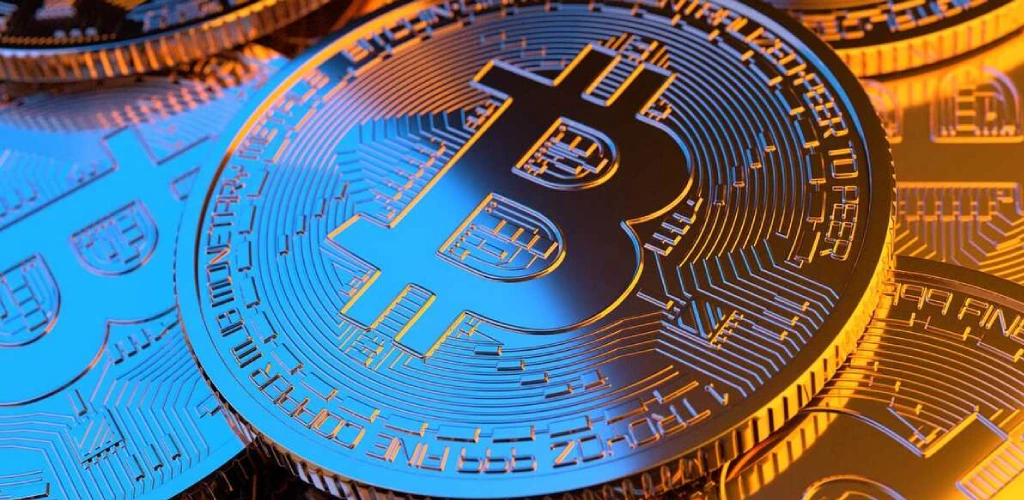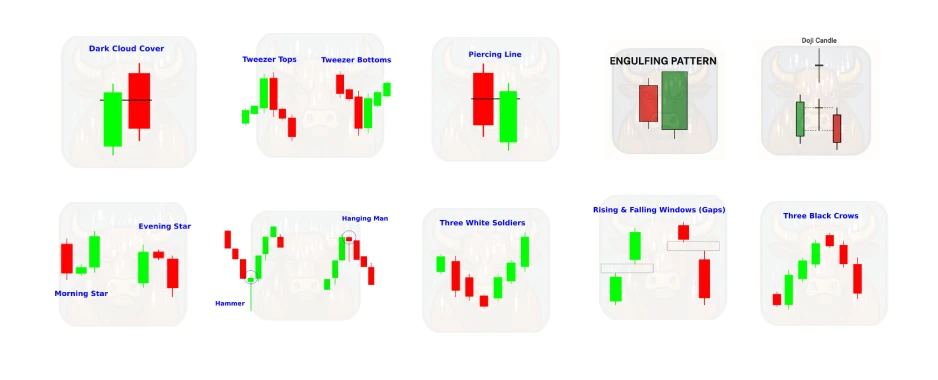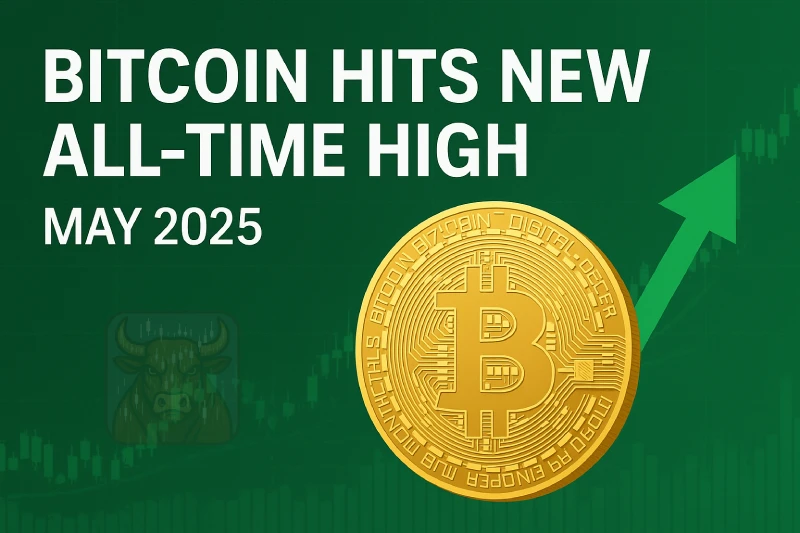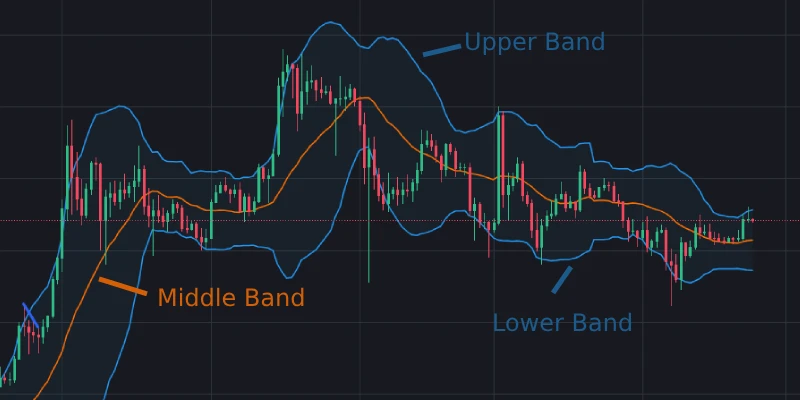What is Bitcoin? The Complete Beginner’s Guide to History, Uses & Future Value

🔍 What is Bitcoin?
💰 Bitcoin (BTC) is the world’s first and most well-known decentralized digital currency, launched in 2009 by the mysterious figure (or group) known as Satoshi Nakamoto. It introduced a revolutionary concept in the world of finance by allowing peer-to-peer transactions without the need for intermediaries like banks or governments. Bitcoin operates on a secure, transparent, and immutable blockchain network, making it a powerful alternative to traditional fiat currencies. Whether you’re a curious beginner looking to understand the basics or a seasoned investor analyzing its potential as a long-term store of value or hedge against inflation, Bitcoin offers an exciting gateway into the future of digital finance.
In this comprehensive guide, you’ll learn:
✅ What Bitcoin is & how it works
✅ Who created it (the mysterious Satoshi Nakamoto)
✅ Key uses: Payments, investments & more
✅ Long-term value outlook: Bull vs. Bear cases
✅ Risks & FAQs
Key Characteristics:
✔ Decentralized – No single entity controls it.
✔ Limited Supply – Only 21 million BTC will ever exist.
✔ Pseudonymous – Transactions are public but not directly tied to identities.
✔ Immutable – Once recorded, transactions can’t be altered.
👤 Who Created Bitcoin? The Mystery of Satoshi Nakamoto
In 2008, an individual or group operating under the pseudonym Satoshi Nakamoto introduced a groundbreaking concept by published the Bitcoin whitepaper, titled “Bitcoin: A Peer-to-Peer Electronic Cash System.” This document, shared through a cryptography mailing list, outlined the foundational principles of a decentralized digital currency that would allow users to transact directly with one another—peer to peer—without the need for an intermediary such as a bank or financial institution. The whitepaper proposed a novel solution to the long-standing problem of double-spending in digital currencies by utilizing a distributed ledger technology known as blockchain. Satoshi’s proposal laid the groundwork for what would eventually become Bitcoin, the world’s first and most well-known cryptocurrency, marking the beginning of a new era in finance and digital innovation.
Key Facts About Satoshi:
- True identity unknown – Many theories exist (Hal Finney? Nick Szabo?), but no confirmation.
- Mined the first BTC block (Genesis Block) in January 2009.
- Disappeared in 2011 – Handed development to others like Gavin Andresen.
📌 Fun Fact: Satoshi’s estimated 1M BTC stash (worth ~$60B+) has never moved.
💡 What is Bitcoin Used For? 5 Key Applications
1️⃣ Digital Payments (Like “Electronic Cash”)
- Fast & global – Send BTC anywhere in minutes (vs. bank delays).
- Low fees – Especially for large transfers (vs. wire fees).
- Examples: Some merchants (Microsoft, Overstock) accept BTC.
2️⃣ Store of Value (“Digital Gold”)
- Scarcity – Only 21 million BTC (vs. unlimited fiat printing).
- Hedge against inflation – Unlike cash, supply can’t be inflated.
3️⃣ Investment & Speculation
- High volatility – Traders profit from price swings.
- Institutional adoption – Tesla, MicroStrategy, and ETFs hold BTC.
4️⃣ Remittances & Financial Freedom
- Bypass banks – Useful in countries with unstable currencies (e.g., Venezuela).
- Censorship-resistant – Governments can’t easily block it.
5️⃣ Smart Contracts & DeFi
- Bitcoin Layer 2s (Lightning Network, Stacks) enable faster, programmable transactions.
📈 Bitcoin’s Long-Term Value Outlook: Bull vs. Bear Cases
🚀 Bullish Arguments (Why BTC Could Rise)
✔ Increasing adoption – More companies, ETFs, and countries accept it.
✔ Halving events (every 4 years) reduce supply, historically boosting prices.
✔ Institutional demand – BlackRock, Fidelity, and hedge funds invest.
✔ Macro hedge – Seen as “digital gold” during economic crises.
🐻 Bearish Risks (Why BTC Could Fall)
✔ Regulation crackdowns – Bans or restrictions (e.g., China 2021).
✔ Competition – Ethereum, Solana, and CBDCs may challenge dominance.
✔ Volatility – 80%+ drops happen (e.g., 2018, 2022).
✔ Security risks – Hacks, quantum computing threats (long-term).
💰 Price Predictions (Expert Opinions)
- 2030 Forecasts: $100K (conservative) to $500K+ (ultra-bullish).
- Key Factors: Adoption, regulation, macroeconomic trends.
⚠️ Risks & Challenges of Bitcoin
❌ Price Volatility – 10% daily swings are common.
❌ Regulatory Uncertainty – Governments may impose restrictions.
❌ Security Risks – Lost passwords = lost funds (no recovery).
❌ Environmental Concerns – Mining uses significant energy (though ~50% is green).
🔍 Bitcoin vs. Traditional Assets
| Feature | Bitcoin | Gold | Stocks | Fiat Currency |
|---|---|---|---|---|
| Supply | Fixed (21M) | Limited | Varies | Unlimited |
| Decentralized | ✅ Yes | ❌ No | ❌ No | ❌ No |
| Inflation Hedge | ✅ Strong | ✅ Strong | ❌ Weak | ❌ Weak |
| Liquidity | High | High | High | Very High |
📌 Key Takeaways
✔ Bitcoin is decentralized digital money with a fixed supply.
✔ Created by Satoshi Nakamoto (identity still unknown).
✔ Used for payments, investments, remittances, and DeFi.
✔ Long-term outlook is debated – Adoption vs. regulation risks.
✔ Not risk-free – Volatility, security, and regulations matter.
Want to buy Bitcoin? Start with reputable exchanges like Coinbase, Kraken, or Binance.
💬 Got questions? Drop them below! I’m here to help you navigate the world of cryptocurrencies. 🚀






